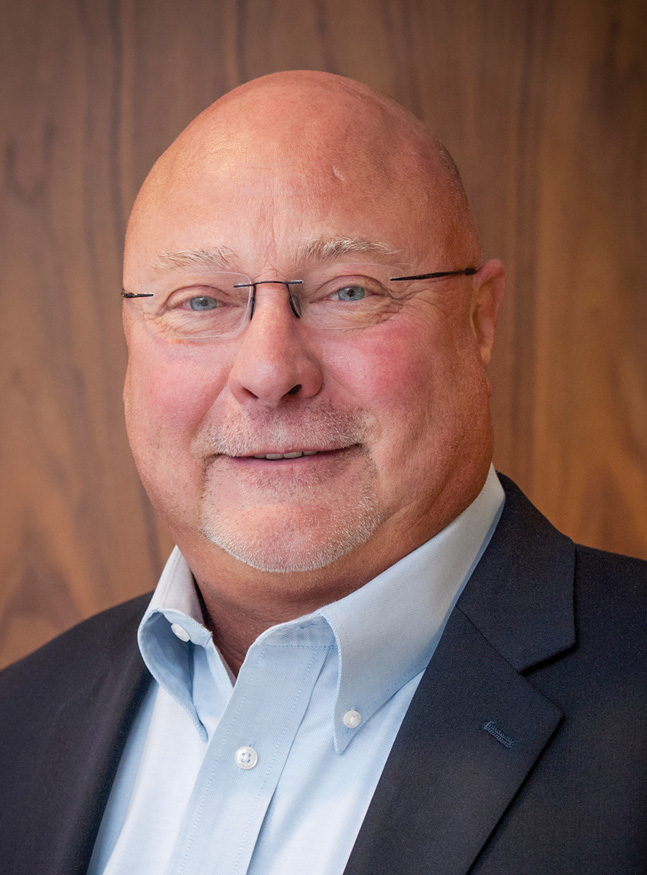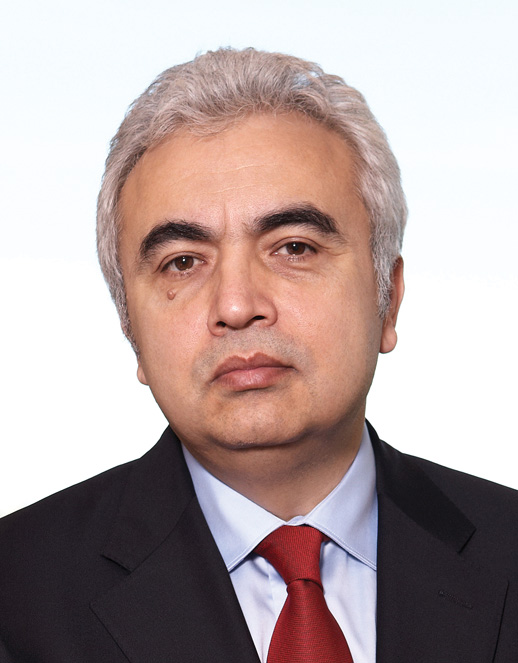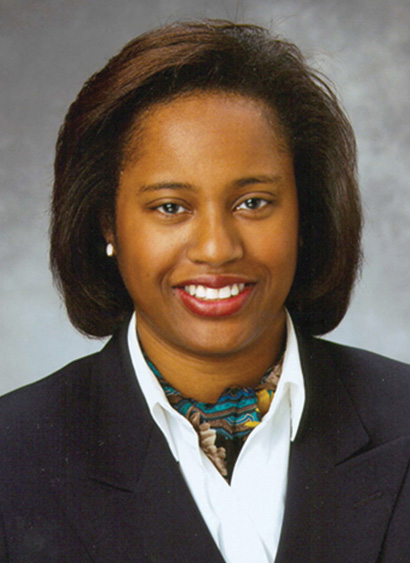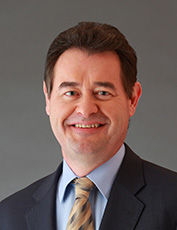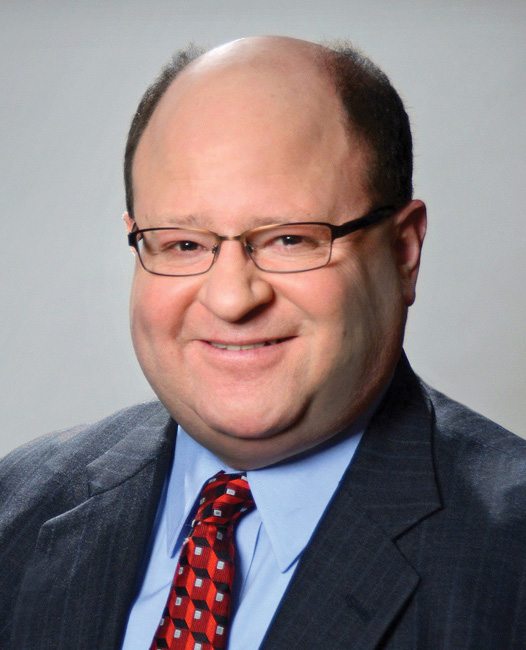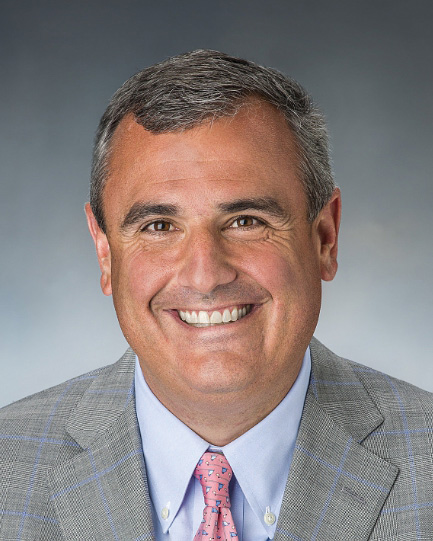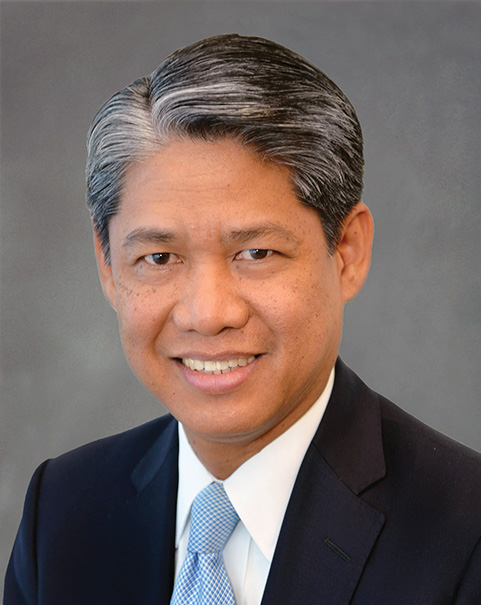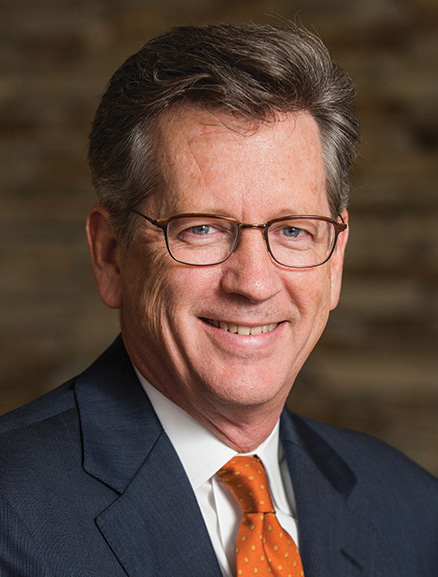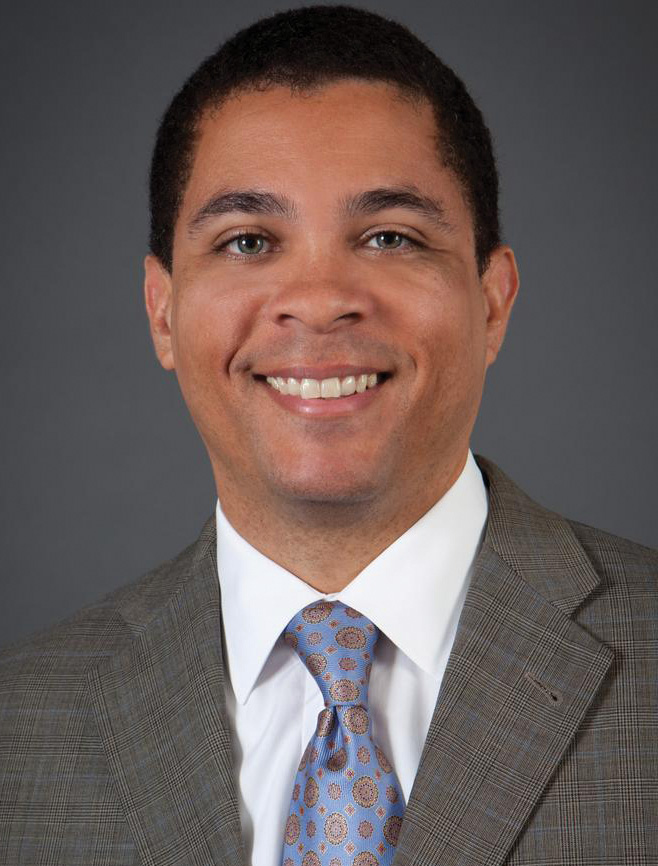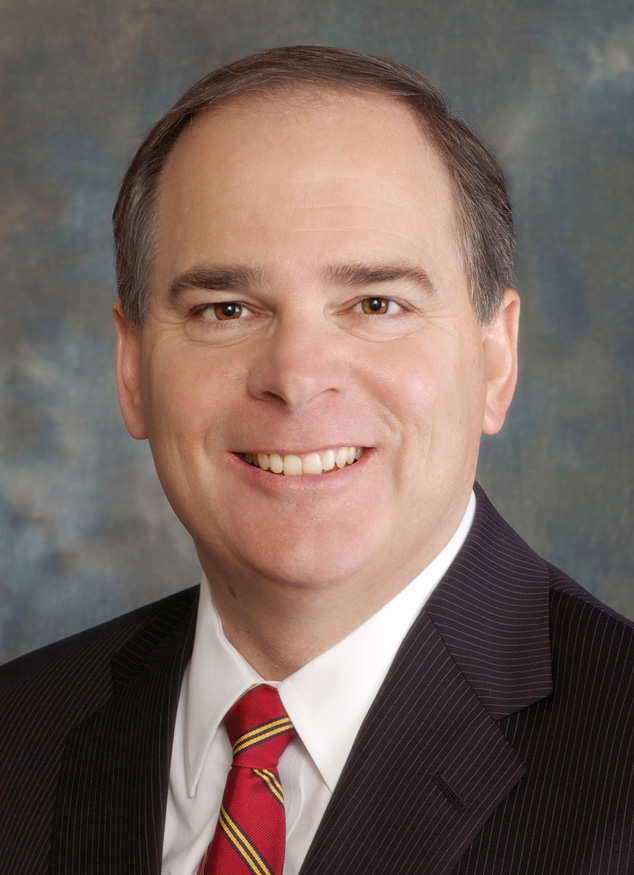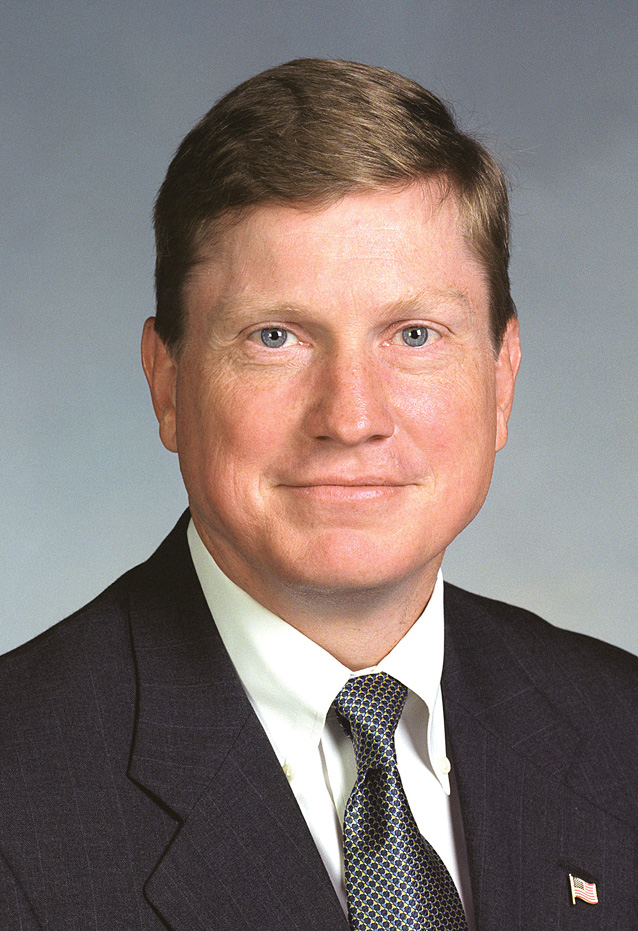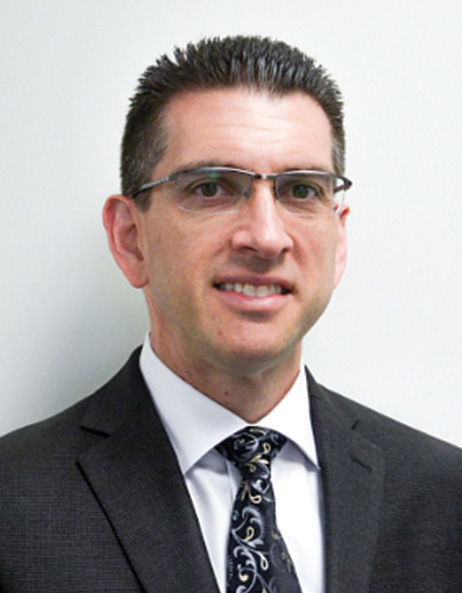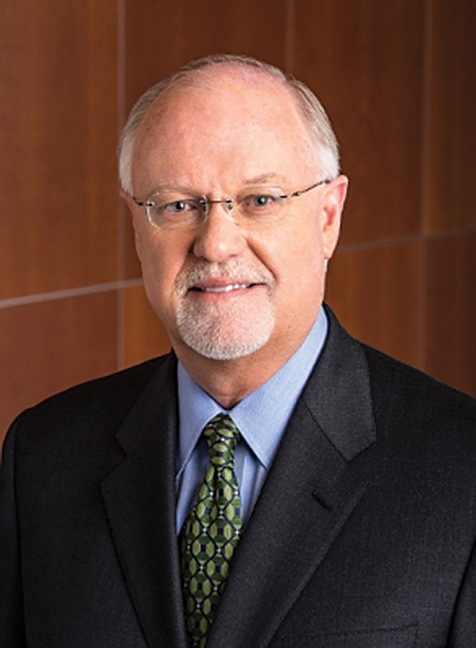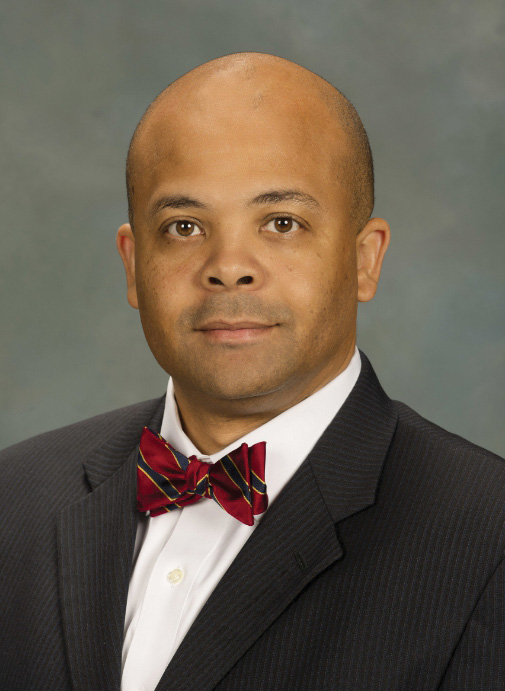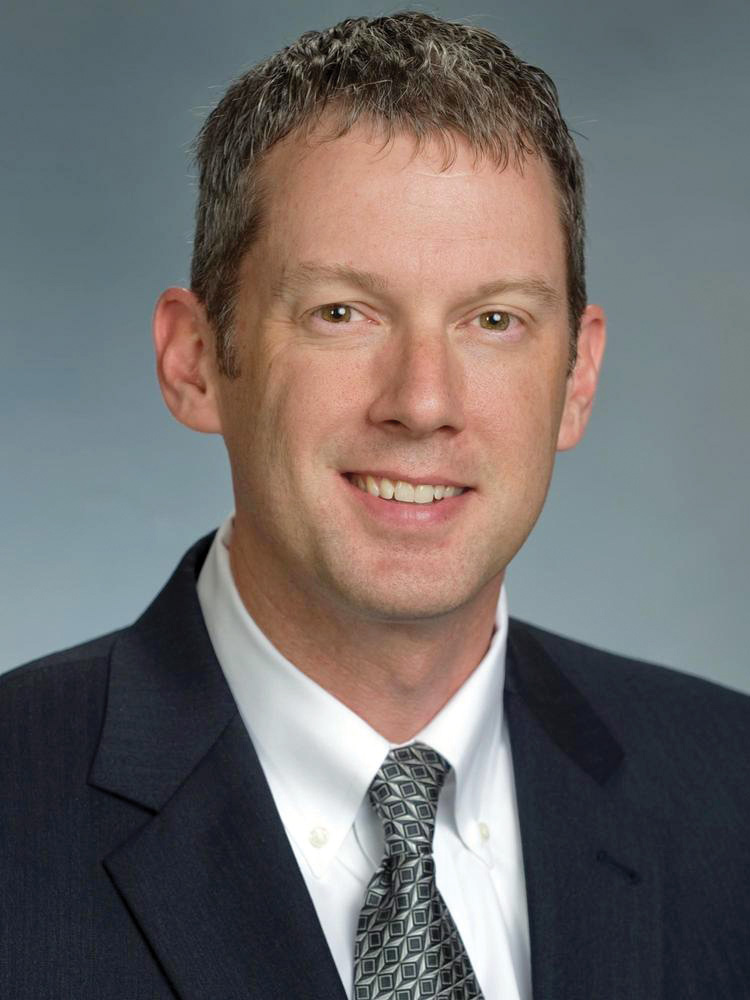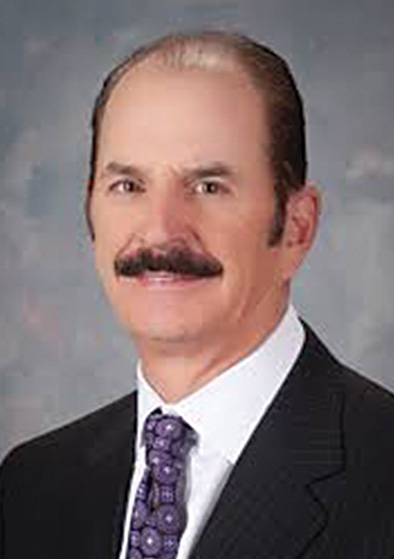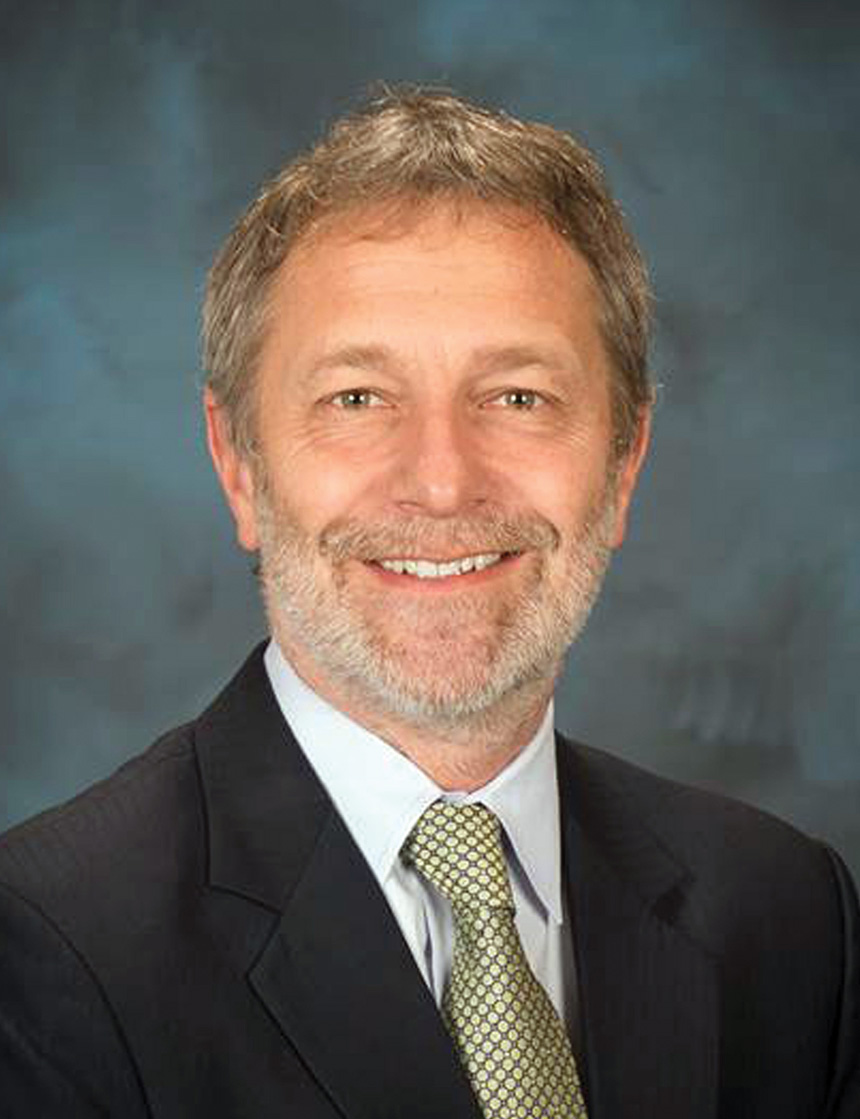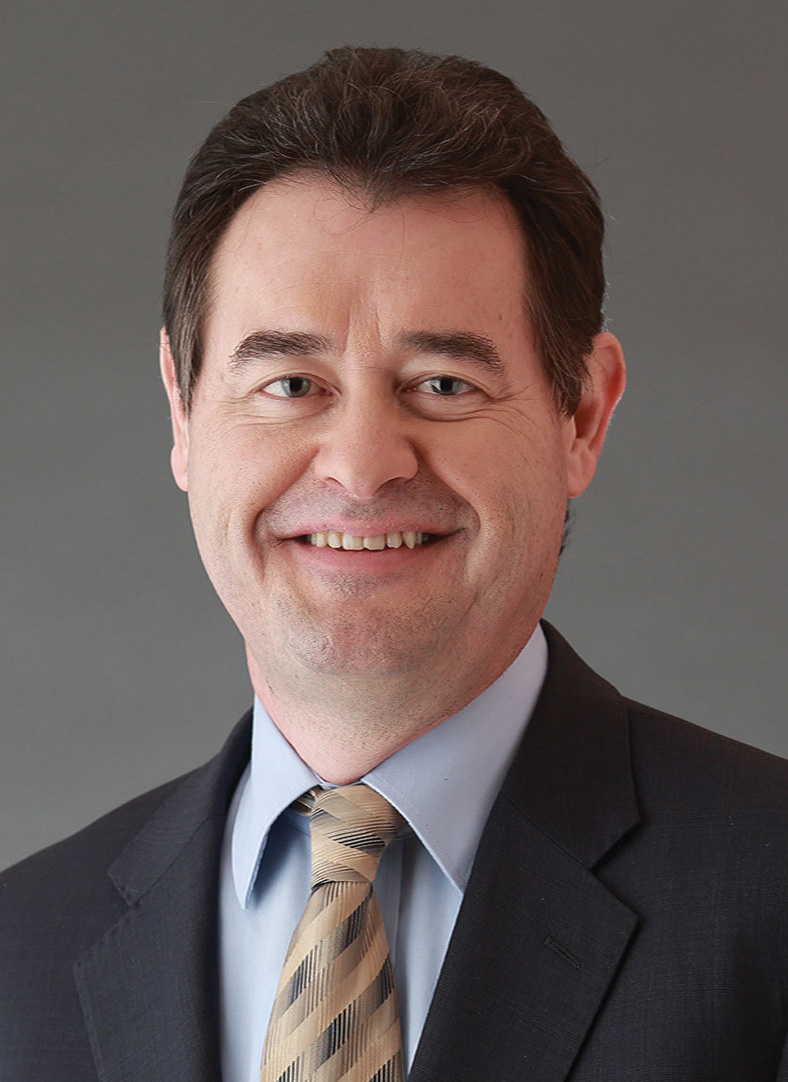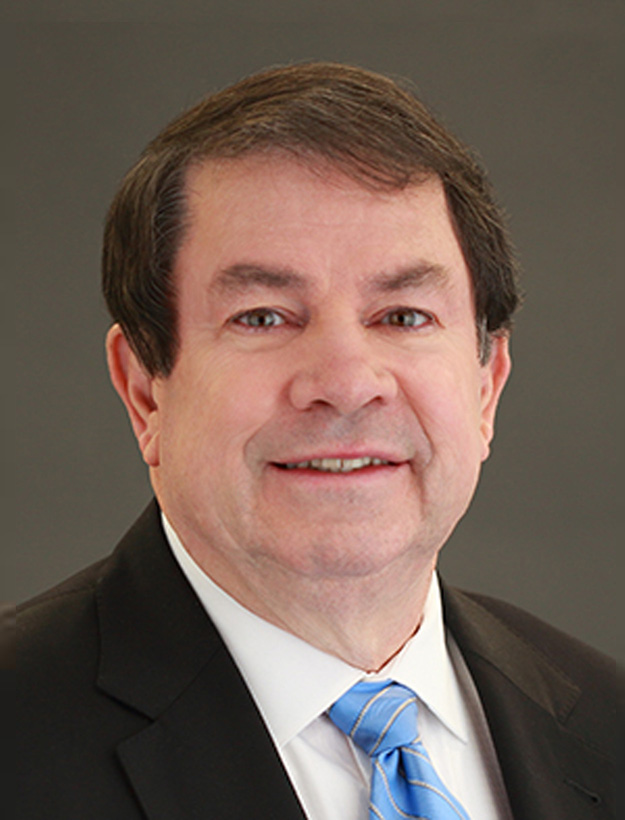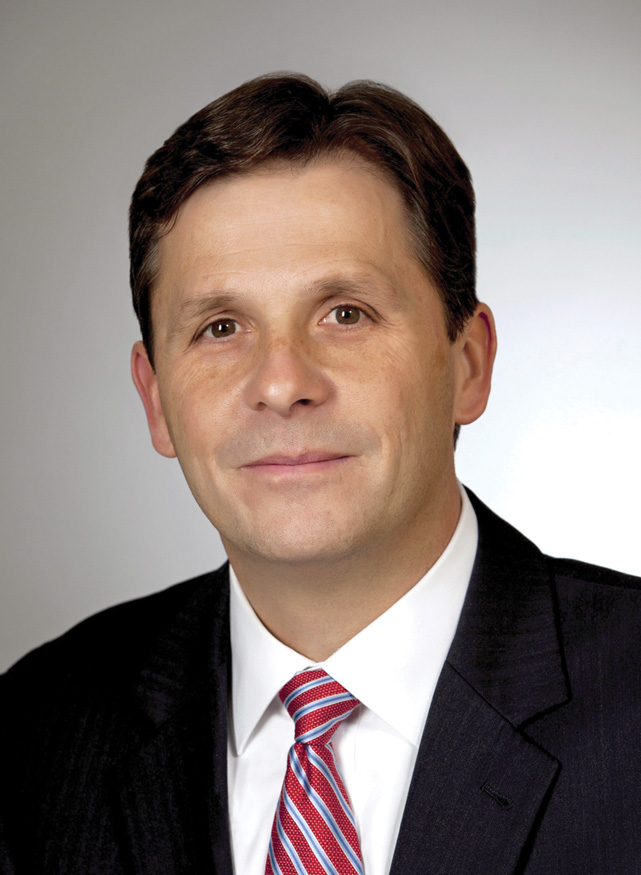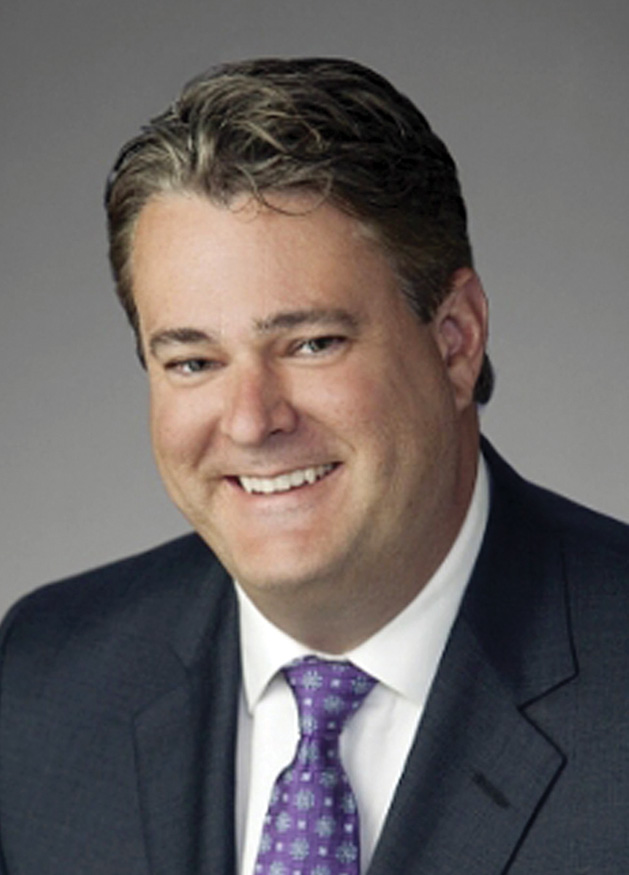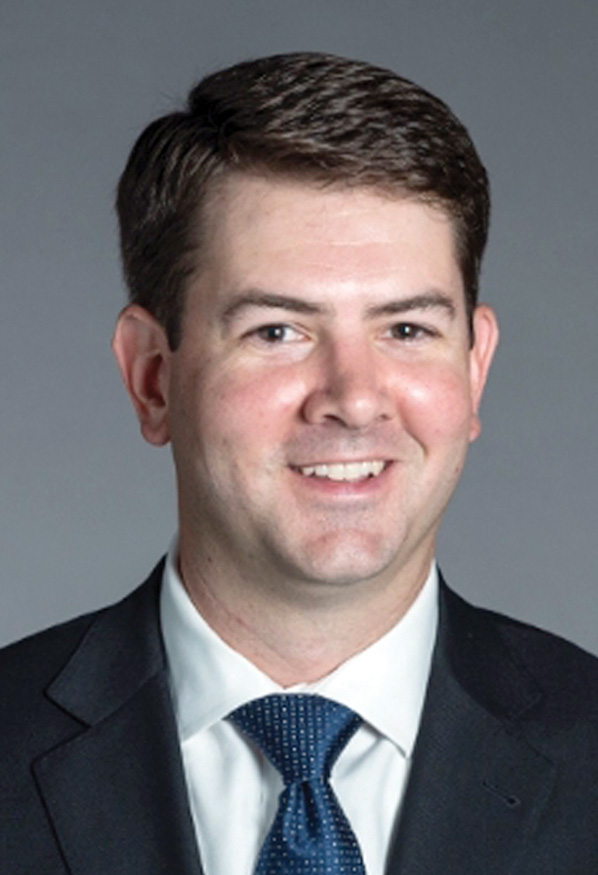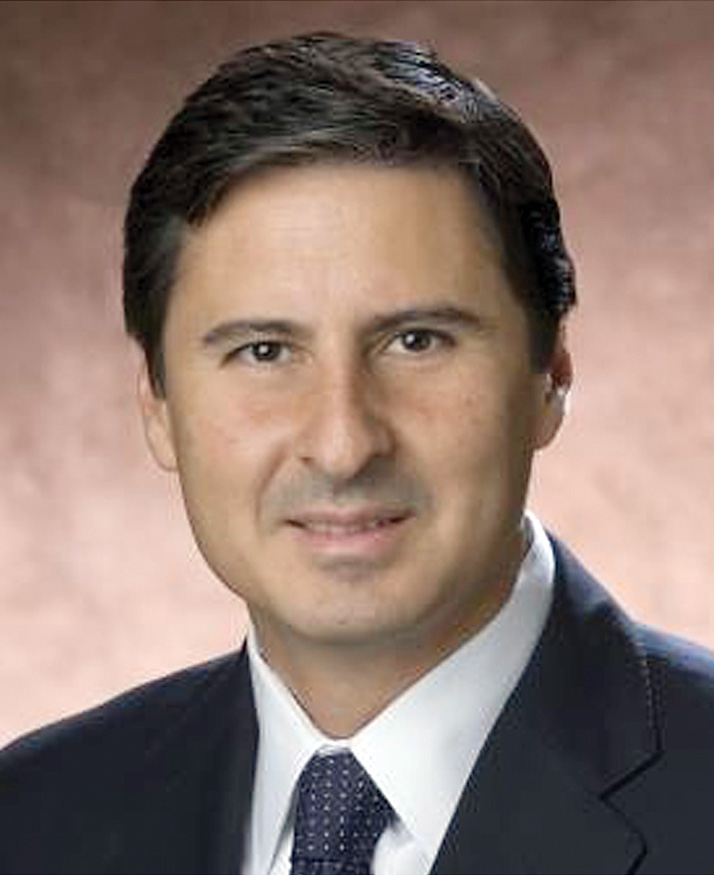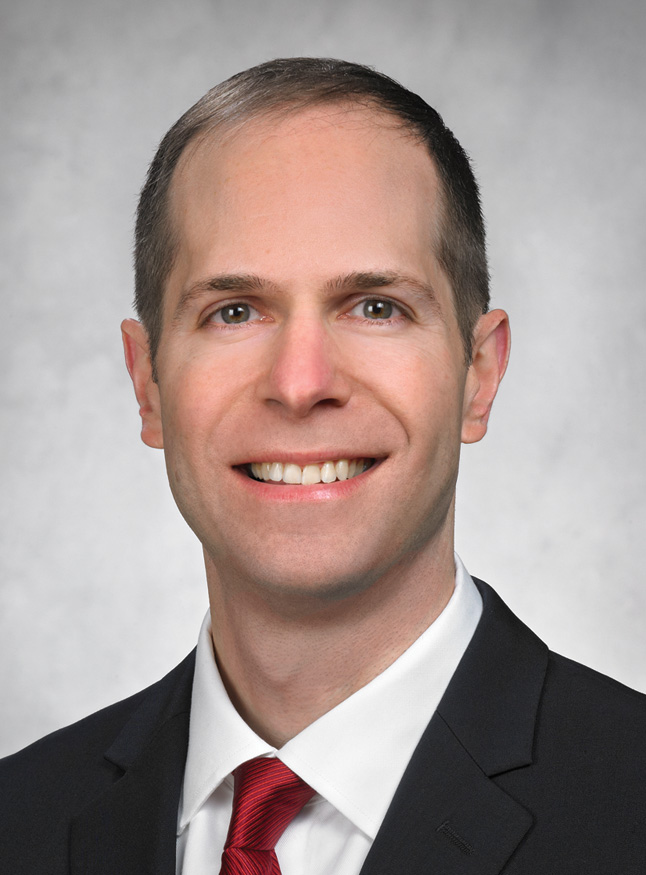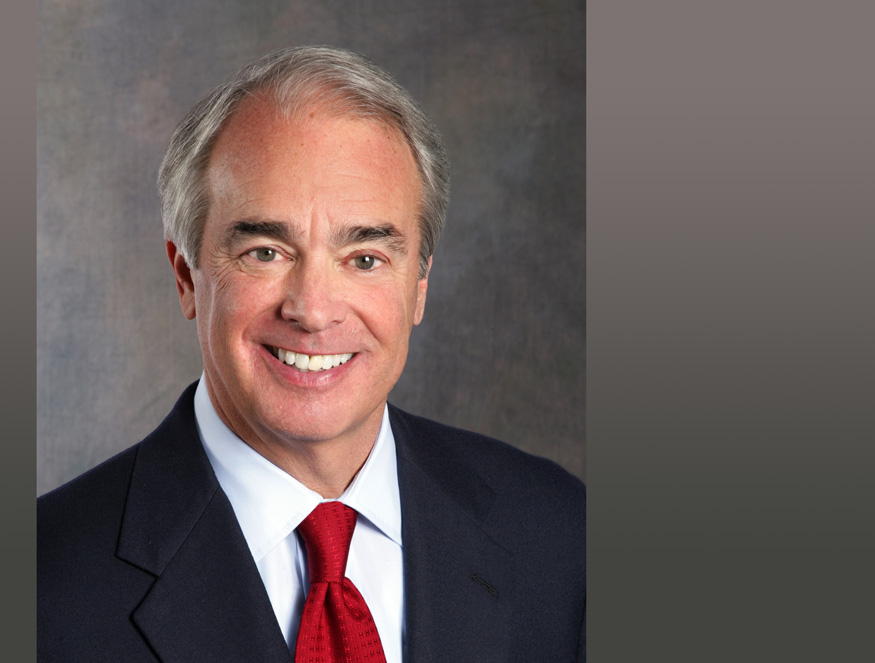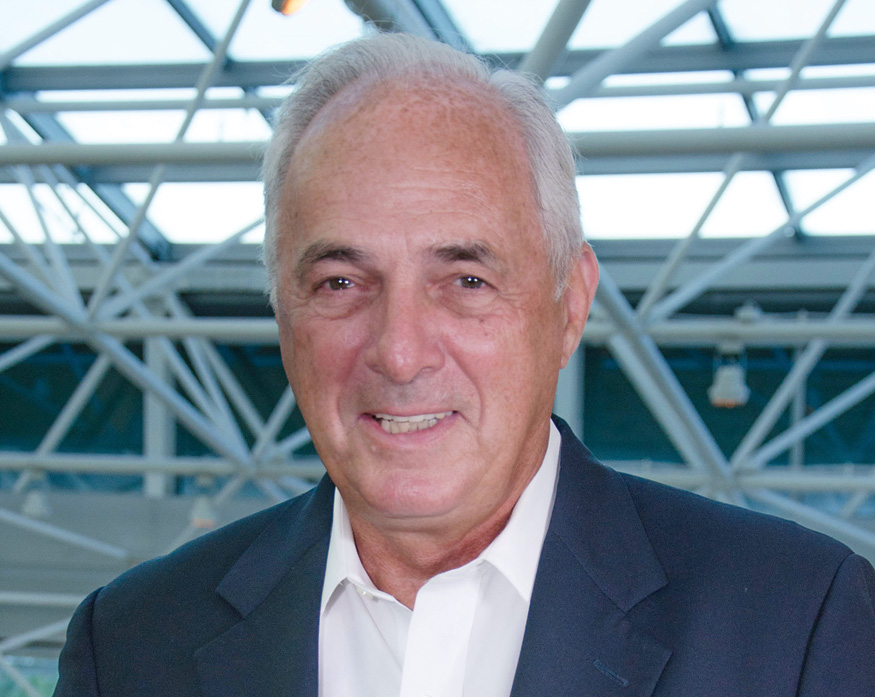PUF's Steve Mitnick: Is the vote yesterday for the Brexit a concern to your clients?
Stan Garnett: Yes. I can't comment about specific clients. Because that would involve our confidentiality. But it affects clients in a variety of ways.
Firstly, there's the potential impact on the European Community. With the myriad of things that could follow, including other countries departing.
Dislocation of trade, and all of that, is the type of economic condition that tends to roil markets.
Several weeks ago, Janet Yellen [Federal Reserve System board chair] referred to the possibility of Brexit as being something that the Federal Reserve considered, in not moving interest rates up at this time.
Since then, about two weeks ago, it looked like the option to remain in the European Community would win. That steadily changed. Yesterday it looked like it would be a dead heat. Then, when all of the votes were counted, Leave won by four percentage points. This was quite a surprise.
I thought that the Brexit vote would neatly frame a rather historic episode in the utility industry worldwide.
Go back to the 1980s. The London Interbank Offered Rate (commonly known as Libor) became the principle metric used worldwide in setting rates of interest, impacting literally trillions of dollars every day. That was such an extraordinary period of time.
In the U.S., we had the Public Utility Regulatory Policies Act, which was upheld by the Supreme Court. We saw a proliferation of independent generators.
The old established utility order in the U.S. was being changed. During this period in Britain, [prime minister] Margaret Thatcher privatized the various and sundry state-owned utility generators and distribution systems.
That was an extraordinary activity. Today, the British industry is almost not recognizable in relation to things that existed in the late 1980s. Of course, the U.S. industry has tremendously changed over that period of time too.
Often, a random event will impact your career, and this happened to me.
In the 1980s, I was the chief legal officer at the old Allegheny Power System. In 1990, I became the chief financial officer of APS.
During this period, one of the newly privatized British companies, East Midlands Electricity, had a brand new chief financial officer, or finance director as they call it. He decided he wanted to learn how things were done in the U.S.
That was because we were investor-owned. They had just become investor-owned. So one of our investment bankers, Tom Berry of Goldman Sachs, who had a relationship with East Midlands, suggested that this fellow come to New York to spend a couple of days with me.
So I met with this fellow. I actually had him sit in on some of our regular meetings to meet the other people in APS.
Then, a couple of things became very clear. One was that, uncannily, East Midland had a size, a generating mix, and a customer base that was almost a perfect match for APS.
It was incredible. You know that APS had a lot of industrial customers, as well as a lot of commercial and residential. Coal-firing was then and is still a very important aspect of our industry. East Midlands operated exactly the same way.
This started me on an awareness of Britain. And the fact that we had things we could learn from them, and vice versa. That really got a lot of things started.
In the process, I teamed up with my attorney, Doug Dunn of Milbank Tweed, who was the co-head of the global utility practice at Milbank Tweed. And with Joe Tenicki, who was a long time head banker at what is now JP Morgan Chase.
They were friends and professional colleagues of mine in New York. We invented this theory that an American holding company subject to the Public Utility Holding Company Act of 1935 could actually venture into a financial transaction, even a merger, with a foreign utility without the need to file.
It's Doug's so-called one-bite exception to the 1935 Act. So that started a series of business transactions. All of that ultimately led, in some indirect way, to the beginning of U.S. and U.K. firms merging.
Today we have quite a few U.S. companies that have important interests in Britain. And in other countries for that matter.
In any event, it was a total accident. Being in the right place at the right time. East Midland's fellow came over here. And that opened my eyes. And it really got things going.
It was also funny in a way, because I was a long-time United States Soccer Federation referee.
When I met the East Midlands fellow, he said, "Well, you probably don't know much about football." Of course he meant soccer. I actually knew a lot about it.
In the course of my travels back and forth, I remember that the finance director of National Power had essentially all of the generation in Britain. [National Power became Innogy, later a part of RWE, and International Power later a part of GDF Suez.]
It was state-owned. The finance director, Phillip Smith, invited me as his guest to come up to watch a soccer match at Leicester City.
They're the ones that just won the English championship. It's a small world. Because of my soccer background, it facilitated a lot of the conversations.
PUF's Steve Mitnick: During those years when you were in leadership at Allegheny Power System and Florida Progress, you were also an experienced official in soccer. On certain days you were officiating games. How did that work?
Stan Garnett: I've always tried to stay in shape. I don't like going into a gym. Being a soccer referee, you had no choice but to stay in shape. You had to run like crazy doing your job. So for me, it was my exercise program.
I did over one thousand matches in the United States Soccer Federation in my career. Every so often a player or coach would say something rude to me.
You're trained not to react to that. I think I never did. But it really helped me when I was an occasional expert witness for my company. It became funny. Somebody would say something and I'd say to myself, "Well I've heard a lot worse than that."
PUF's Steve Mitnick:At an early stage you were involved in the back and forth between the U.K. and U.S. systems including the drive to deregulate the U.S. based on changes in the U.K.
Stan Garnett: Since we and the British speak a somewhat similar language, it was natural that we would have this communication and comparison. The British did some things very, very well, and still do.
They invented handheld meters, consistent with the Scots inventing a lot of stuff. Allegheny was, I believe, the first significant customer here.
I think we had strengths in information technology. It was recognition that we had investor-owned interests on both sides of the pond. There was a real benefit in comparing notes.
Since that time, I've had a series of wonderful experiences that continue to this day. I've introduced chief financial officers and chief executive officers to counterparts in another part of the world.
As an example, I introduced the finance director of a gigantic foreign utility system to another friend, who was the finance director of a big U.S. system. They bonded.
They had completely different personalities, walks of life. You name it. Yet they have the same job separated by thousands of miles. In both cases, it was dealing with the issue of nuclear.
Each of them had a very tough job. When you're the chief financial officer, you're the person that really has to be the gatekeeper on finance.
Tremendous pressures built up to go nuclear from the vendors. And in some cases, from the government.
Everyone knows that a nuclear project is a seismic event. Not only for a company, but for a region, and the country. The jobs that it produces, and all of that, is just a huge amount of pressure.
It was really a wonderfully useful thing for these two finance directors to be able to discuss, at a very high level, the significance of agreeing to undertake a nuclear program. Why you should do it. And then, importantly, why you shouldn't do it.
I saw that interaction lead to extremely good decisions being made at each company. I think that the ability of these fellows from totally different parts of the world to talk to each other helped them.
I know that when they were talking to their directors, they were able to say, "My colleague, such and so, in another part of the world is facing the same decision." Totally different boards of directors, of course, but this is the way we see it.
PUF's Steve Mitnick: Would you talk about the pressures on you to go nuclear?
Stan Garnett: I'll give you an example of a really talented bright man. It will answer your question.
This involved the old Allegheny Power System. The longtime chairman and chief executive officer was Charlie Finch.
He was the chief executive officer until about 1985. He and I were both alumni of the same law firm. We became very close for a lot of different reasons. He made a point of drilling the history of the industry into me.
Allegheny was one hundred percent coal. It had some peakers, a couple of hydro projects, but basically was one hundred percent coal. No nuclear.
During the 1980s, enormous pressure was put on him by the governors of a couple of states that had utilities doing nuclear projects. Allegheny, at the time, was a strong AA utility. The governors and other politicians who were involved wanted Allegheny's financial strength, to take a part ownership interest in several of these nuclear plants.
This was the governors picking up the phone. Or visiting in person. Really putting the pressure on. I would say that about their regulatory bodies too. They're independent from the governors. But they know who the governors are. And what the governors want.
So with all of this pressure, Charlie went through this period of time. I wasn't there. This was before I joined Allegheny. But he went through this analysis. He kept his handwritten notes.
Early in my career, he said, "Since you're a senior officer in the company and you seem interested in history, I want you to see what I had to go through." We spent hours in his office over time, where he was showing me calls he was getting.
He said he decided that he would not do it. And he gave me his insight. He said that he understands nuclear power. He believes that it will work. But he said nuclear power is best left in the hands of the government and particularly the military.
He said, "You've seen how in disciplining our workforce that we have to abide by labor agreements. If we're going to discipline somebody, we're often going to run into a grievance."
There can be civil losses. And everything like that. He said nuclear power requires military discipline. It requires people who are doing things to understand that, if you are asleep at your desk or something like that, you could be put in the brig. And that would be it.
He also said, "Unfortunately, we can't impose that sort of discipline." It was because of that. And the fact that costs of nuclear are so unpredictable. It takes about fifteen to twenty years from start to finish a nuclear project.
Over twenty years, look at all the things that can happen. You know that the cost of competitive fuels is going to fluctuate like crazy during that period of time. You know it does.
Accordingly, whatever your economic justification was for a nuclear unit in the beginning, it's going to go through changes. Sometimes it's going to look like a good investment. Sometimes it won't.
So at the end of the day, there just aren't American companies that are big enough to undertake a nuclear project. And to be able to absorb all of the changes in course.
So he had those two reasons. One operational, and the second financial.
It may be hard to believe today. Back then, very important elected officials were heavily pressuring Charlie and Allegheny to go nuclear. And he made the decision not to do it.
PUF's Steve Mitnick: We've aggregated in the electric utility industry quite a bit over the last thirty years. What's your take on that?
Stan Garnett: My take is that some companies have been very good at doing that, meaning acquiring another company and integrating the personnel.
Successfully taking in another company is not just an administrative thing. It requires a lot of interpersonal skill. And courage to make sure that the people that you're bringing in really are productive. History has shown that some companies have been able to do that time after time, and really were quite successful at doing that.
In other cases, I think companies were really pretty bad at it. Because my business, CFSD Group, serves the entire industry, I don't want sit here and say, "X Company was really good and Y Company was really bad." But I think someone probably could guess some of the bad examples. And some of the good ones.
If done properly, aggregation works well. The thing you have to watch out for is losing touch with the customer.
In that case, the customer isn't just the person that pays the electric bill. It's really the stakeholders in the communities you serve. Because providing reliable affordable electricity and gas is something that's really important to a community.
I have one long-term close colleague who is very important in a foreign country where mining is critical. Because of the problems of the electric supply in that country, they are constantly at risk of blackouts.
You know, you can't have people hundreds of feet down in a mine and have the electricity go out. Because of the problems in the electric supply, it has hurt the mining industry.
They've had to curtail operations. That has a run-on effecting everybody else. So staying in touch with your customers is important.
For example, the leadership of American Electric Power has been very good at devolving responsibility out to their subsidiaries that serve many different parts of the country. Thirty years ago, AEP was very centralized.
I've worked with them over that entire period of time. The current chief executive officer, Nick Akins, and his predecessor, Michael Morris, have devolved authority throughout the system. I think they've become pretty agile at connecting with the important stakeholders and customers in their various service territories.
Being big like that is good financially in many respects. But you need the ability to have the stakeholders in your far-flung territories well-served by the company.
PUF's Steve Mitnick: What were some of the toughest challenges that you encountered?
Stan Garnett:The traditional utility format for management leads to a command and control environment. Where the people up at the top issue orders, and the orders kind of circulate down.
That's sort of inevitable, and is going to happen. But when you're dealing with the outside world, it usually doesn't work very well to just tell people what you want.
The toughest challenge is when you're dealing with the other stakeholders. Whether they're environmentalists, regulators, local businessmen, or elected officials. They usually have a very interesting point of view. You may not exactly agree, but you need to listen to it. In some cases, it's going to modify what you want to do.
So the challenge was to try to learn to be a leader and actually accomplish things. But at the same time being careful that you just didn't steamroller other people. Because if you do that, sooner or later you're going to make a mistake. And you're going to pay for it.
PUF's Steve Mitnick: Can you recall one or two funny moments in your career?
Stan Garnett: One which has had profound implications to me, was a number of years ago. I was interviewed by what is now the Tampa Bay Times about the Crystal River Nuclear Plant.
I had been an officer with the principal owner of the plant. The Times followed up with me because of my past involvement. They just wanted to know something about the financing aspect of it, which I had handled.
In any event, they printed the story. Because of that, a woman who was on a local utility board in the Crystal River area got in touch with me, and wanted to ask questions about it. I was single, and she'd been widowed about five years earlier. We just started talking about things. One thing led to another. I married her in Scotland in September of 2014.
So, the Crystal River Nuclear Plant and the Tampa Bay Times brought my wife, Gloria Fisher, and me together!
PUF's Steve Mitnick: That's a great story! Can you also recall for us one or two individuals, whether they were mentors or colleagues, that had a big impact on your career?
Stan Garnett: I've already mentioned Doug Dunn, now retired. He was an absolutely brilliant Wall Street lawyer. And a leader in both foreign and U.S. utility industries. He has been extremely important in much of what I've done.
Wendell Holland, former chairman of the Pennsylvania Public Utility Commission, is a partner of mine now. We go back to the same part of Pennsylvania fifty years ago.
He knows more about the regulatory process. He knows how it works. How it is important to try to work with regulators. And how a good regulatory commission adds value.
Most people don't think about regulators adding value. But they really do.
Then there's Julie Cannell. Julie led the utility investment operation for many years at Lord Abbett & Company. Subsequent to that, she has been a private consultant on investor-related issues. She's got a private list of clients that's extremely impressive.
Julie has this skill of understanding what the investors need to know. What they want to know. And how to have the utility officials communicate better. She's not a spin doctor. She's very substantive.
And then there's Jim Speyer, an economist with expertise in coal and other fossil fuels. He has been an invaluable source to me in understanding how that works. He played an extremely important role in getting the Allegheny scrubber approved in the early 1990s.
Allegheny was more affected by the Clean Air Act Amendments of 1990 than any other utility in this country. Scrubbers are billion dollar pieces of equipment that actually reduce your capacity, because they take power to run. Jim headed up providing an answer on why that was the right thing to do. And then later in getting the approval through our commission.
I am fortunate to be able to say that Doug, Julie, Wendell and Jim have been partners of mine since 2009 in CFSD Group, LLC.






